Key Takeaways: Mastering the Skill of Making Inferences
Thank you for reading this post, don't forget to subscribe!
✅ Understanding Inferences – To make an inference, readers must analyze context clues and apply prior knowledgeto uncover implied meanings within a text.
✅ Why It’s Important – As a crucial reading skill, inference-making strengthens comprehension, critical thinking, and decision-making in both academic and real-world settings.
✅ Steps to Make Strong Inferences – First, identify key details within the text. Then, examine context clues carefully and connect them to prior experiences. Finally, organize the information logically before drawing a conclusion.
✅ Effective Teaching Strategies – In order to help students master inferences, consider using real-life scenarios, modeling the thought process, and incorporating short texts or wordless stories. Additionally, clarifying the differences between inferences, predictions, and assumptions will further enhance understanding.
✅ Applying Inference Skills to Literature – Mystery novels such as Death on the Nile provide an exciting way to practice inferencing. Through character analysis, text evidence exploration, and guided discussions, students can sharpen their ability to interpret unstated meanings.
🚀 Encourage students to develop strong inference skills with structured lessons and interactive activities! 📚✨
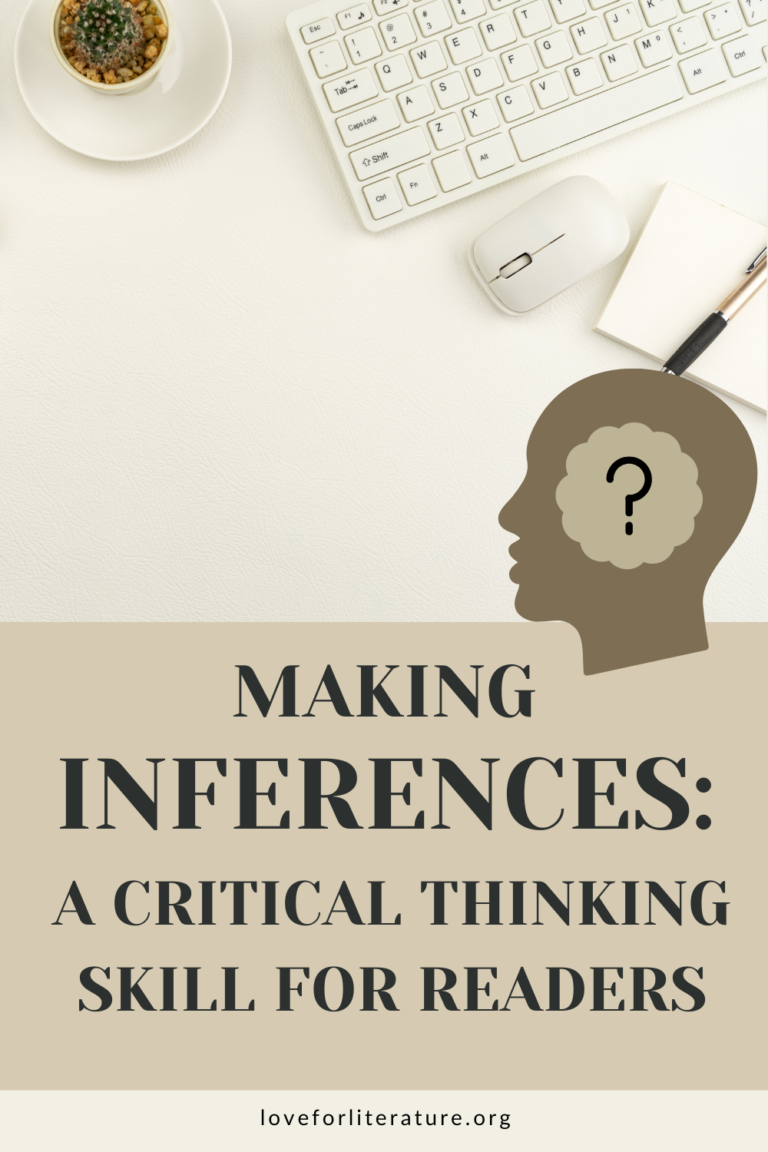
Making inferences stands as one of the most essential skills in reading, communication, and everyday decision-making. This ability helps us connect the dots between known facts and implied meanings, allowing for deeper understanding of texts, conversations, and real-world situations. Whether solving a mystery, interpreting body language, or analyzing a novel, inference-making enables critical thinking that transcends surface-level information.
This guide will walk you through what it means to make inferences, how to develop this skill, and effective strategies for teaching it in the classroom. Plus, we’ll explore how using Death on the Nile can be a powerful way to help students practice drawing conclusions and supporting them with text evidence.
What Is Making Inferences?
Making an inference means drawing a conclusion based on indirect evidence and reasoning, rather than explicit statements. Instead of having everything spelled out, we rely on clues, context and prior knowledge to determine what’s happening.
For instance, if you hear a loud thud followed by a child crying, you might infer that the child fell—even though you didn’t see it happen. Similarly, if a book describes a character staring out the window, sighing deeply, you might infer that they are feeling sad or longing for something.
👉 How Does Inference Help Readers Understand Texts?
In reading comprehension, inferencing is essential because authors often leave details unstated, requiring readers to fill in the gaps using logical reasoning.
Making inferences means using context clues and prior knowledge to draw conclusions that are not explicitly stated. Instead of relying solely on what is written or said, inferencing requires us to fill in the gaps using reasoning.
In reading, inference-making is one of the most important skills for comprehension. Writers don’t always state everything outright, so readers must look for implied meanings, analyze context clues, and use their own experiences to interpret the text.
How Context Clues Help Us Make Inferences
One of the most effective ways to make inferences is by looking for context clues—subtle hints within a text or situation that provide insight into what is happening. These clues can come from:
- Body Language & Tone – In a conversation, crossed arms, a sigh, or a sarcastic tone can reveal emotions beyond words.
- Surrounding Details – A messy room with crumpled tissues and medicine bottles might suggest that someone is sick.
- Word Meanings & Contrasts – In reading, unfamiliar words or specific phrasing can hint at deeper meanings. For example, if a passage says, “She forced a smile and nodded,” we might infer that the character is pretending to be happy rather than genuinely feeling that way.
By training ourselves to recognize these subtle cues, we can interpret deeper meanings and draw more accurate conclusions.
How Prior Knowledge Strengthens Our Inferences
Inference-making isn’t just about external clues—it also depends on what we already know. Our past experiences, cultural knowledge, and logical reasoning all shape the conclusions we draw.
For example:
- If you see a man wearing a stethoscope and a white coat, you likely infer that he is a doctor—not because you read it somewhere, but because you’ve seen similar figures in real life.
- If a story mentions dark clouds rolling in and the wind picking up, you might infer that a storm is coming, based on your prior knowledge of weather patterns.
The more we draw on what we already know, the stronger and more accurate our inferences become.
A Step-by-Step Guide to Making Inferences Confidently
Inference-making can be taught, practiced, and refined. Here’s a simple process to help break it down into manageable steps:
1. Identify the Question or Situation
Before making an inference, determine what you are trying to figure out. Ask yourself:
- What information is missing?
- What do I need to conclude based on the details provided?
2. Observe Context Clues
Pay close attention to the available information, whether in a text, conversation, or situation. Look at:
- Descriptive words
- Character actions and dialogue
- Setting details
3. Connect to Prior Knowledge
Think about what you already know that might relate to this situation. Ask yourself:
- Have I seen something similar before?
- What real-life experiences can I apply to this?
4. Organize the Information
Now, piece together what you’ve gathered. Identify patterns, compare details, and consider multiple possibilities before settling on a conclusion.
5. Draw a Conclusion
Using the clues and your background knowledge, form a logical inference. Finally, check:
- Does my inference make sense given the clues?
- Are there other reasonable explanations?
This process ensures that inferences are thoughtful, evidence-based, and logical rather than just assumptions.
Teaching Students to Make Inferences in the Classroom
Inference-making can be challenging for students, but with the right strategies, they can develop this skill in a structured way. Here are some effective methods for teaching inferences:
1. Use Real-Life Examples
Since inferences happen all the time, start with real-world examples before applying them to reading.
- Show students pictures with no captions and ask them to infer what’s happening.
- Play a short audio clip (e.g., footsteps running, a door slamming) and ask students what they think is going on.
2. Model the Thought Process
- Read a passage aloud and pause to verbalize how you make inferences:
- “The character is tapping their foot and glancing at the clock. That makes me infer they are impatient or waiting for something.”
- Highlight context clues and how they contribute to drawing conclusions.
3. Use Short Texts or Wordless Stories
- Wordless picture books encourage students to rely on visual clues alone.
- Mystery or suspense passages help students predict outcomes based on subtle hints.
4. Differentiate Between Making Inferences, Predictions, and Assumptions
- Inferences rely on evidence and reasoning.
- Predictions focus on what will happen next.
- Assumptions are based on opinions rather than facts.
Teaching these differences helps students become more precise in their thinking.
Applying These Skills to Literature: Making Inferences in Death on the Nile
One of the best ways to practice inference-making in literature is through mystery novels, where students must analyze evidence and read between the lines. A great example is Death on the Nile by Agatha Christie.
- Text Evidence Practice: Students must find specific quotes to support their inferences, improving analytical skills.
- Discussion Questions: Encourage students to justify their inferences based on character actions, motives, and descriptions.
- Comparing Theories: Since different students may infer different things, class discussions can show how multiple interpretations can be valid.
By engaging students in active detective work, a novel study like Death on the Nile makes inference-making both exciting and practical.
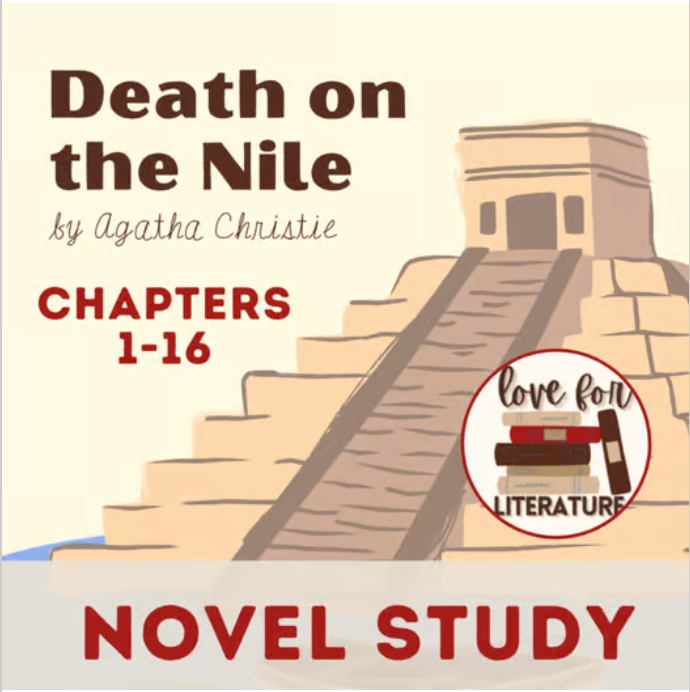
Final Thoughts: The Power of Making Inferences
The ability to make inferences is a foundational skill for comprehension, critical thinking, and decision-making. Whether in literature, social interactions, or real-life problem-solving, it helps us go beyond the obvious and engage with deeper meaning.
By following a structured approach, practicing with real-life examples, and reinforcing inferencing through engaging activities, students can become more proficient in drawing logical conclusions.
If you’re looking for ready-to-use lesson plans, worksheets, or a full novel study to teach inference-making, check out my Death on the Nile resource—designed to help students develop their skills using text evidence, logical reasoning, and engaging challenges!
More Writing Skills Resources You Will Love:
If you’re looking for more resources to help your students strengthen their writing skills alongside their reading comprehension, you will find these resources helpful! 
– Explore the stages of the writing process to guide students through brainstorming, drafting, and revising their essays (What Are the Stages of the Writing Process?).
– Need tools for character analysis? Check out these graphic organizers to help students break down character traits and motivations (Character Analysis Graphic Organizers).
– If you’re focusing on essay writing, this expository sample essay and worksheet activity provides structured practice for clear, well-organized writing (Example Expository Essay: A Worksheet Activity).
– Finally, for students looking to expand their vocabulary, this guide on stronger verb choices will elevate their writing and make their sentences more dynamic (Other Words for Common Verbs: How to Improve Writing Skills).
– Click here or the image link below for my resource on teaching students how to use cite text evidence confidently and efficiently in reading comprehensions.


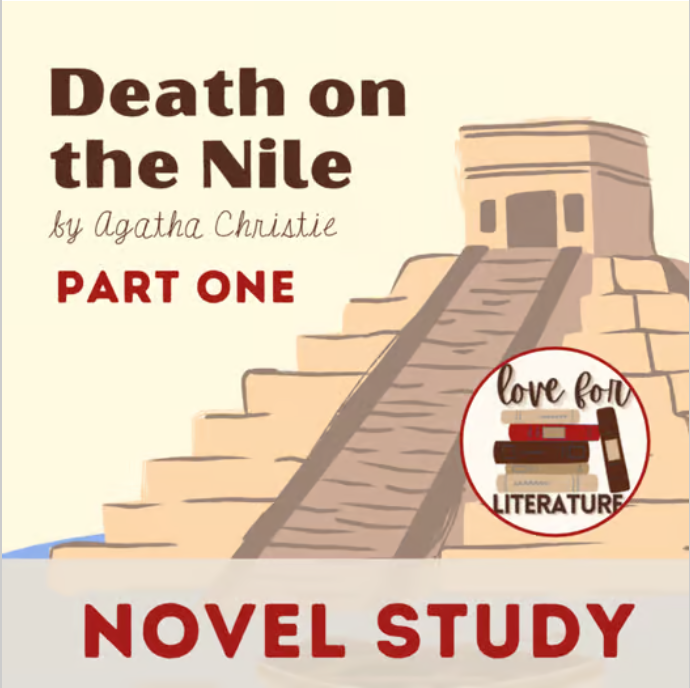
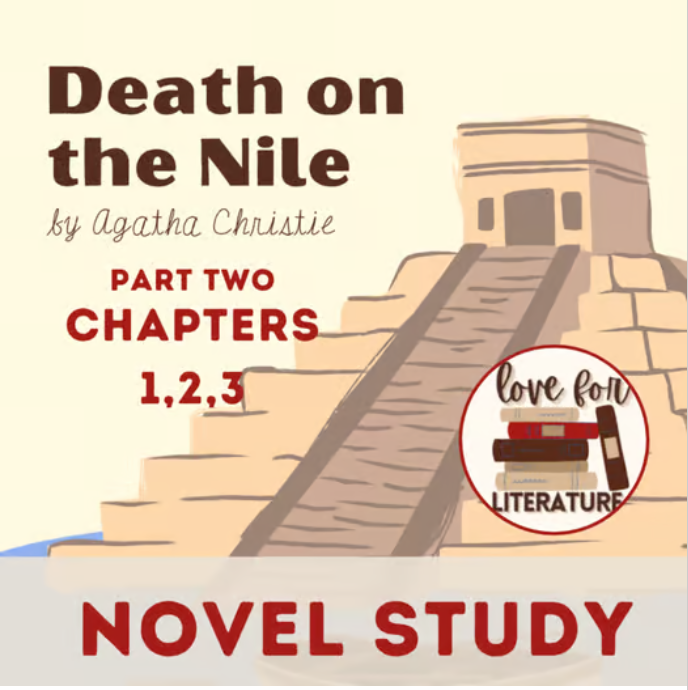
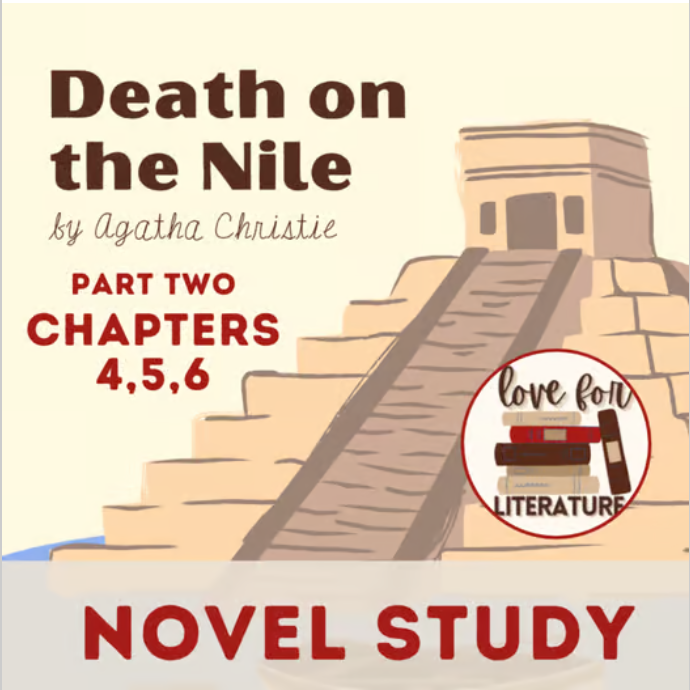

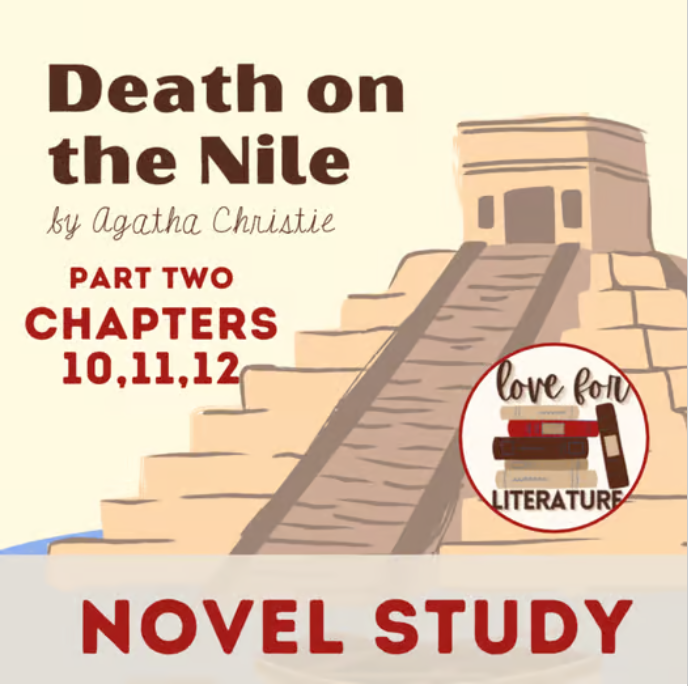
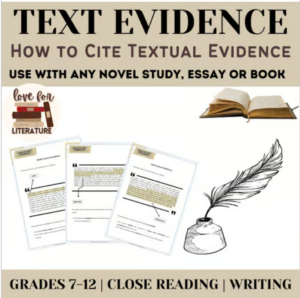
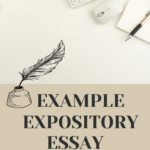 Previous Post
Previous Post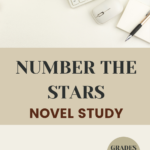 Next Post
Next Post